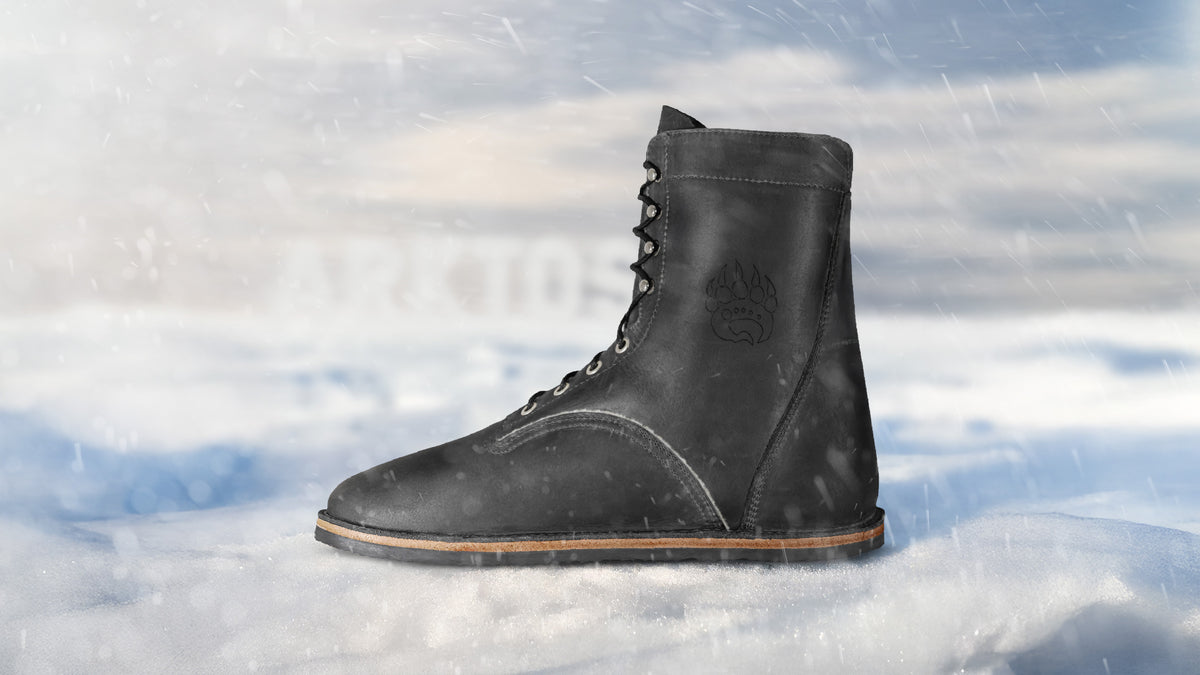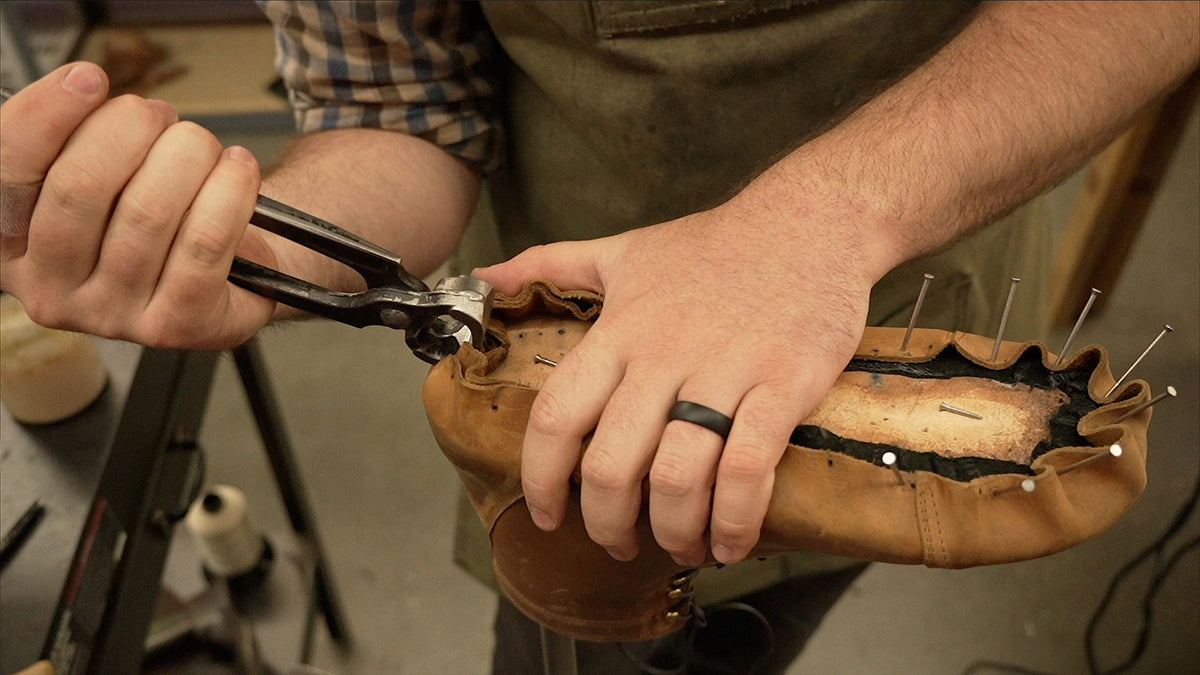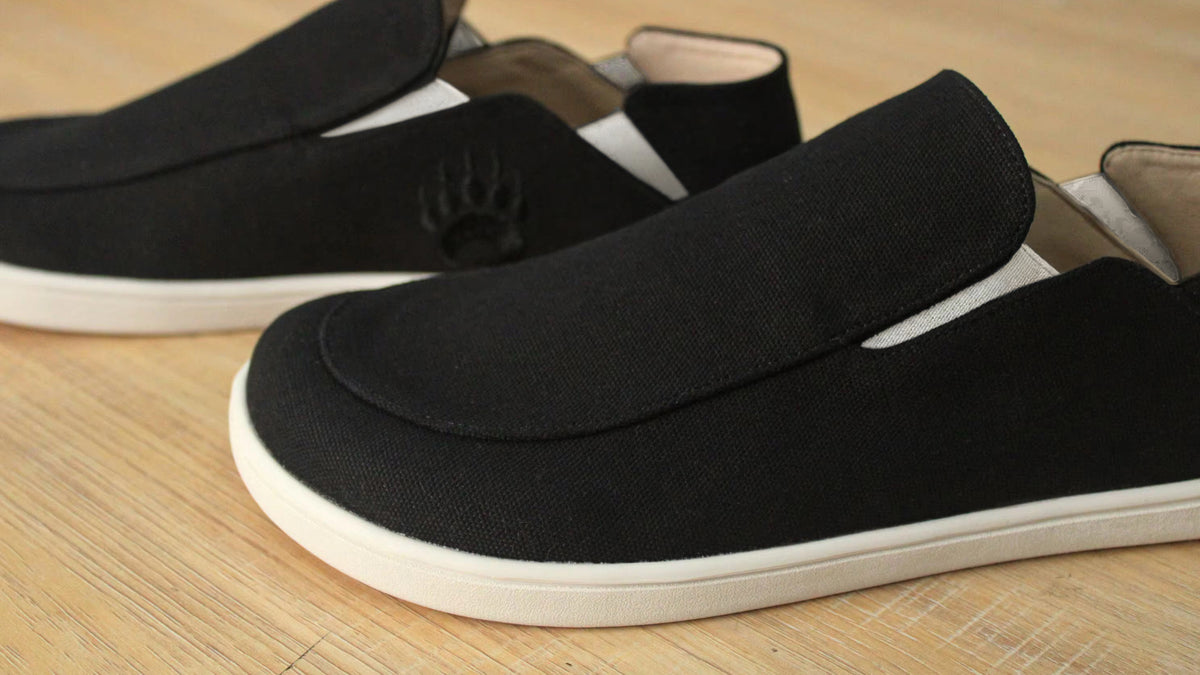Exercises for How to Spread and Stretch Your Toes Out
Written By John Baker CSCS & Lily Hoog-Fry RYT-E of Swell Movement & Longevity
What is Toe Spread
‘Toe spread’ is a term used to describe the natural alignment and position of the toes in relation to each other and the rest of the foot. Our toes are meant to be extensions of our metatarsal bones (the long bones in the feet that make up a good portion of the length of the foot), which if you look at an anatomy diagram, you'll realize that the continuation of these bones splay pointing outward from the center of the foot to varying degrees.”But my feet don’t look like that at all, Why?”
Due to widespread use of wearing tight modern shoes, many of our feet are deformed into the scrunched shape of our shoes. This socially-acceptable foot binding causes the big toe and the little toes to lose range of motion, muscular strength and their natural positions. Over time this can increase your likelihood of developing some less than desirable outcomes (e.g. plantar fasciitis, hammer toes, flat feet, bunions and just more foot pain in general).
Lucky for you, today we're going to go over how you can counteract this effect of conventional footwear with some simple exercises to restore the health of your feet and of course, unbinding your feet with your footwear choices.
A Note About the Benefits of Toe Spacers / Toe Spreaders
Toe Spacers, or toe spreaders if that's more your vibe, are the easiest place to start when trying to spread out your toes. We think consistently wearing toe spacers is imperative to maximizing your foot health and allowing the intrinsic muscles of the foot to re-align themselves to the angle they were engineered to pull from.
Walking around with conventional shoes is like wrapping a rubber band or tube around your toes, bunching them up... wearing toe spacers is just the opposite. Toe spacers push your toes apart and force new length-tension relationships throughout the foot (fancy way of saying they help pull the foot back into a natural shape that functions better).
A great option, and our favorite, are Correct Toes. Correct Toes are great because they spread the toes without compressing them. Some of the cheaper options out there may seem like great alternatives, but they can constrict the toes and decrease blood flow. Additionally, many of the cheaper options bind the big toe and the 5th toe too aggressively and actually prevent the benefit they are pretending to facilitate! Sometimes it is expensive to buy the best, but it’s also way less expensive than the pain of future foot problems.
We recommend that you should try and wear Correct Toes as much as possible to supplement your foot exercises in order to have the biggest impact on overall foot health and to avoid foot problems from developing in the future. If you are in need of a pair, we got you covered, here.
Busting Up Scar Tissue and Adhesions
In order for us to take good care of our feet we need to start by moving the deformed and stuck tissue, from years in our shoes, that lives in our feet. Luckily this isn't as hard as it seems, although it also may not be the most comfortable thing initially. You may grow to love it with time like we do.
We like using the Neuro Ball by Naboso. This is similar to a lacrosse ball with the added benefit of the traditional Naboso textured surface. This ribbed surface provides a unique stimulus to the brain that a smooth ball doesn't provide, allowing for a heightened proprioception response which has been found to help the nervous system integrate the new information faster.
With the Neuro Ball, start by placing it on the floor in front of you, and then place your foot over top. Begin by rolling the ball around the plantar fascia (sole of the foot) from the heel bone to the toes. You may come across some tender spots, make a mental note of where these are as we are going to return to them here soon. Once you've made a handful (or many handfuls) of passes in this manner, begin rolling the Neuro Ball side to side across the foot. Again, if you find any tender spots make a mental note because we are going to address these next.
Take the Neuro Ball and separate it into its two halves. If you don't have a Neuro Ball that can separate into two, another great option is the Acumobility Ball. Both of these tools can sit flat on the floor and won't move around. This is going to allow you to address those tender spots much easier on a flat surface.
Place the flat side of either tool on the ground, then place one of your feet on the rounded side and find one of those tender spots you made a note of. Now, this isn't going to be the most pleasurable thing you'll do today, but that's ok. Press the tender spot firmly into the domed side of the device and slowly lean into it, applying bodyweight into the dome by leaning more if needed. Let your foot derform and spread the metatarsal bones over the tool.
We want to create ischemic compression, which is a fancy way of saying that we want to press on it moderately hard and cut off blood and lymphatic flow for a small period and try to get the nervous system to release the knot and perfuse it with new blood. Some people prefer to hold in this compressed position for 60-120 seconds, but you can also do short periods of 10-20 reps lasting 5-6 seconds each. Do what feels right for you.
Time for Toe Stretches
Now although we've given our foot knots and adhesions attention, the resulting increase in range of motion is transient. Next we will actively move into this new range, before lastly, we load it.
Big Toe Extensions - We are actually going to use the Acumobility Balls again for this drill. If you haven't purchased them yet, we got you here. Start by placing just the big toe on the domed part of the ball and the rest of your foot on the ground. The big toe should be quite extended and stretched back toward your foot. Slowly lean into the stretch until you get to about a 6-7/10 intensity.
Like the ischemic compression you can either hand out here for 60-120 seconds or you can do 10-20 reps lasting 5-6 seconds where you oscillate between a 5-8/10 intensity. It is very critical to explicitly address the big toe. The big toe has greater range of motion (and a bigger role) than that of the other toes, so if you only stretch all your toes at once you may not be stimulating the big toe enough to create meaningful change.
Foot Love - Made famous by the one and only Chris Duffin, foot love is an essential tool to getting your toe spreading underway. You may be thinking, doesn't sticking my fingers between my toes basically do the same thing as toe spacers? Yes and no.
Both will spread your toes out, but the foot love exercise really allows you to work the toe muscles and foot muscles in a unique way. By placing your fingers in your toes, you have the ability to circumduct your wrists and provide a really novel stretching stimulus to the toes, feet and ankle complex all at one time. Think of foot love as the active form of toe spacers.
There really isn't a right or wrong way to love on your feet, and it will get way more comfortable over time, so just work with whatever you're able to do for now and seek improvements in range of motion as you get more familiar with the drill.
Loading the Foot, Locking in Adaptation
If we want to lock in all the efforts and gains we just made with our myofascial work and our stretches, we now need to place some load onto the foot (remember: load generates adaptation and tissue remodeling). To get even more bang for our buck, we want to select exercises that allow us to incorporate the foot, as well as the entire body, which is sure, is important for the strength athlete, but also everyone else with a body as well.
6" Side Step Down - This is one of our all time favorite exercises for creating healthy and functional feet and ankles. Start by finding something that is about 6 inches tall (and stable). If you're at home, the bottom stair of a staircase works great. If you have your toe spacers handy, put those on for this as well.
Once you've found your step to step down from, start spreading out your toes as much as you can while centering your weight through the center of the foot, making sure that you stay focused on maintaining a good tripod foot. Slowly bend the working leg until the heel of your non-working lightly taps the ground, and return up by pushing through your glute (hip socket), not your back.
The ENTIRE time you should be able to maintain good balance through the center of the foot. If not, then you really need to do this drill often. Rolling to the outside of your foot, shifting all your weight forward to the ball of your foot, or letting the arch of your foot collapse are not the patterns we want to reinforce, so check your form with video demonstration of this drill.
Walking Barefoot or in Bearfoot Shoes - Walking is often dismissed, but it's actually a great stimulus for the foot. We suggest wearing Bearfoot Shoes (or knock-off Bearfoot, wide toe box shoe if you absolutely must) with your Correct Toes on. However there are some key points to keep in mind as you set out on your walk.
If it's your first time walking with toe spacers, don't go for record mileage. Even if it isn't that hard from a cardiovascular perspective, you need to understand it is a completely new world for your feet and they need to ease into it, even if it is super healthy for them in the long run.
Make sure you actually extend through your toes (think don’t let them look bunched up again). We did a lot of work to get all of your tissue lubed up and moving better, now go make sure you actually roll through each stride long enough to utilize that new range of motion you earned.
Wrapping It Up
Getting your toes to spread out isn't that complex, but it definitely isn't easy either. It requires simple things done consistently over time. In a general sense you want to start with breaking down adhesions and getting the tissues moving via compression or massage. Once this is done, you're going to want to do a motion that stretches the tissues you just worked on in an active way, allowing them to really explore the new foot mobility you created.
Lastly, you need to load the tissue with some physical activity in a functional manner. This will allow you to hit the 'save button' on your progress and facilitate transference to your sport or real daily life. If you do these three things often and consistently, you will see toe-spreading-results.



